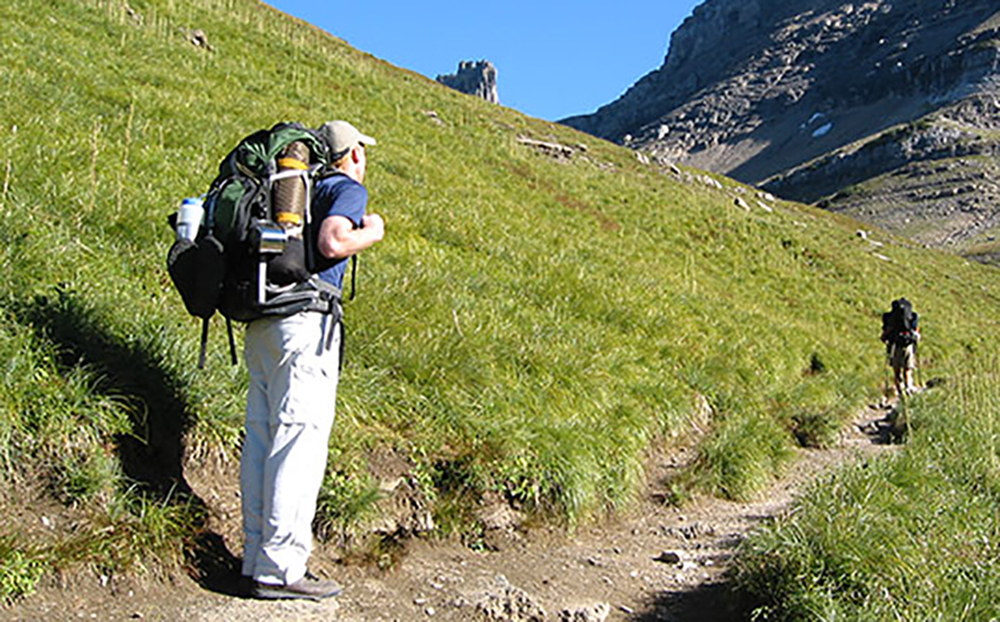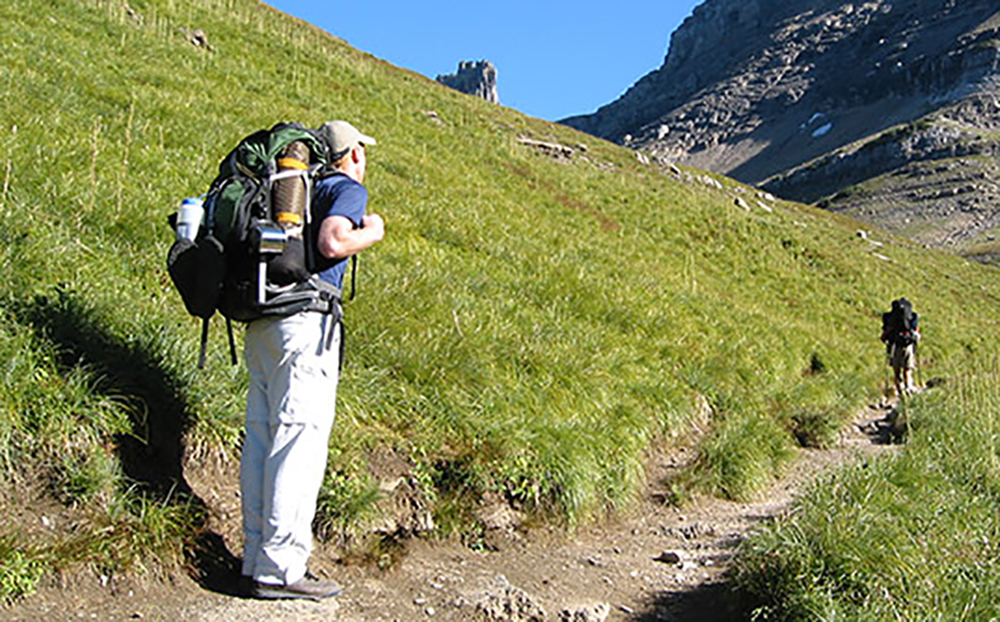Glacier National Park, Montana
Originally appeared in the Missoulian and Bozeman Daily Chronicle on June 5, 2015.
June 6 is National Trails Day, “a celebration of America’s magnificent Trail System,” and those living in or visiting Montana have much to celebrate with thousands of miles of trail out our backdoors. Yet we clamor for more access at the risk of loving our land and water to death. It is time to reconsider the tradeoff between more access and resource stewardship.
Recent debates in both houses of Congress over whether to continue fully funding the Land and Water Conservation Fund, for example, emphasized the call for more access. The LWCF has been a major source for financing trails and purchasing more public land. Randy Newberg, host of “Fresh Tracks” on the Sportsman Channel, reported that a survey by the National Shooting Sports Foundation found “lack of access to those [public] lands was cited most frequently as the reason people cut back on hunting, stop hunting, or choose not to maintain generations-long family hunting traditions. And for other outdoor recreation, inadequate and restricted access poses similar challenges.”
Meeting this demand by simply expanding access is not the answer because it often results in “the tragedy of the commons,” a phrase coined by ecologist Garrett Hardin. He reasoned that herders coming on an open access pasture would continue adding cows or sheep to the commons until there was no grass left to graze.
The tragedy of the commons begs the question, “How much access is enough?” More access does mean more people can use the resources, but it also means more people are putting pressure on land, water and wildlife—the very things we want to enjoy—and crowding can reduce the value of the recreational experience. Trail bikes put ruts across bogs. Hikers who can’t resist shortcuts on trails cause erosion. More motorized vehicles interfere with wildlife viewing, mountain bikes startle horses and snowmobiles offend cross-country skiers.
Deterioration of the land occurs quickly, and natural recovery can take decades. In Glacier National Park, for example, the effects of heavy hiking and camping in the alpine meadows require approximately 30 years for a return to pre-usage levels.
The story of too much fishing access is also telling. In the 1970s, Trout Unlimited secured a lease on Armstrong Spring Creek. They opened it to the public with no limits on access. Fly fishing boomed, and overuse was inevitable as too many fishermen crowded the blue-ribbon stream. Recognizing the need to manage use, TU limited access to 10 fishermen per day and the trout population rebounded. When the lease expired, the landowner took over management, limiting the number of rods per day by charging fees to avoid future deterioration of the stream resource.
The tradeoff between access and wildlife tells a similar story. Every hunter knows that the likelihood of finding his prey near a road is slim to none, and research supports this common sense. Whether it is on a road or dirt path, there is a zone of about 100 meters on either side of the trail where wildlife is rarely found.
When access to the commons is restricted, wildlife find a haven. This explains why the Billings Gazette reported last fall that “Elk numbers along the Beartooth Face and in the Crazy Mountains, Big Snowy Mountains, Bull Mountains, and southeastern Belt Mountains are at all-time highs, though most are restricted to private land where access is difficult.” Nonetheless, hunters press for more access to private and public lands.
Our land, water and wildlife resources can only sustain so much use, which means that access must be regulated. The U.S. Forest service does so with travel plans, and state land managers can restrict access by charging a fee, which can be used to mitigate negative environmental effects of use. By limiting access, private landowners often provide a refuge for fish and wildlife, which is why the great conservationist Aldo Leopold said, we should “reward the private landowner who conserves the public interest.”
As we get out and enjoy National Trails Day, we need to realize that access is not the be-all and end-all for meeting recreational demands. We should also celebrate and promote stewardship through access management, whether by public or private land managers.




